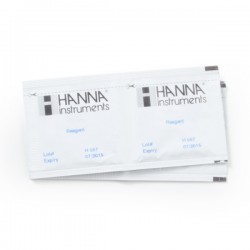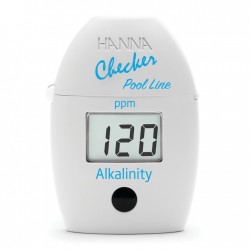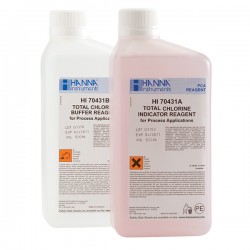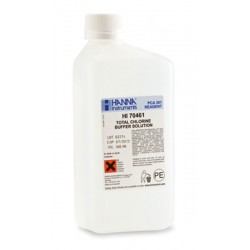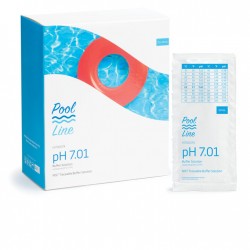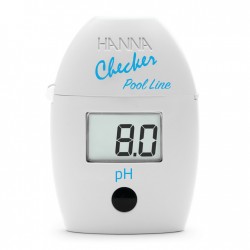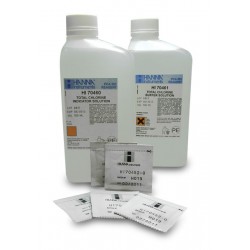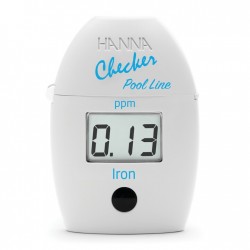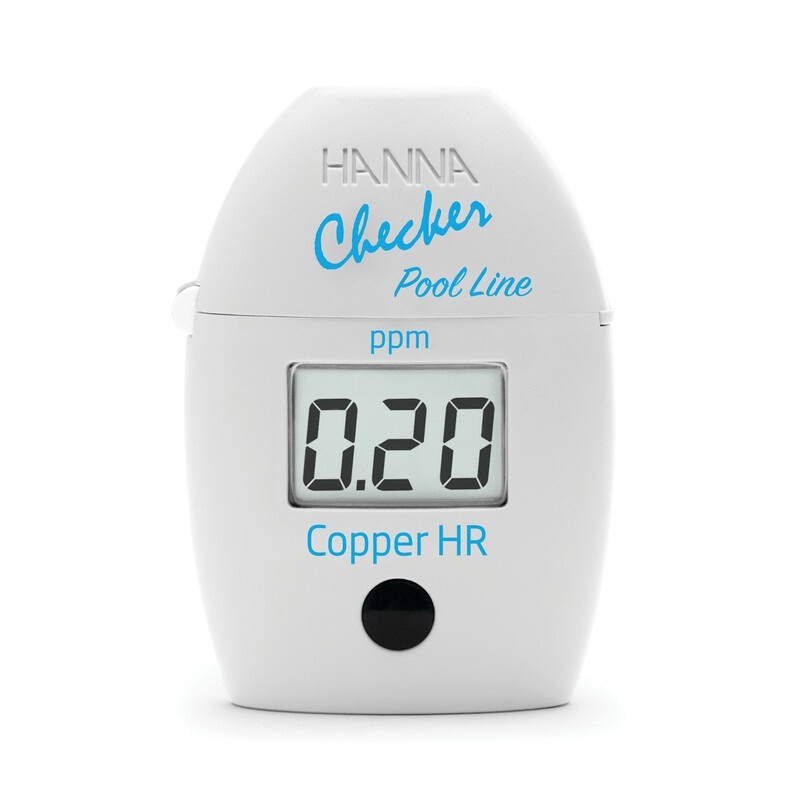










HI-7024 POOL LINE COPPER HIGH RANGE CHECKER
In Stock 2 objekt Tillgänglig
HI-7024
The HI-7024 Pool Line Copper high range Checker is a simple, accurate and cost effective way to measure high ranges of copper in swimming pools, hot tubs and spas.
Designed as a more accurate alternative to chemical test kits, the HI-7024 provides quick, accurate results in four easy steps.
HI-7024 uses an adaptation of the EPA method. The reaction between copper and the bicinchoninate reagent causes a purple tint in the sample.
Key features
- Small palm-sized design
- Accurate from ±0.05ppm ±5% of reading
- Dedicated to a single parameter
- Auto power off after 10 minutes of inactivity
- Built-in timer for timed reaction readings
About Copper
If the concentration of free copper is too high in bathing, blond hair can turn green. The maximum concentration of free copper in a bath is 0.8 mg / l. The HI-7024 is a simple, accurate and affordable way to measure copper values. This checker uses an adaptation of the EPA method.
Order Information
The HI-7024 Pool Line Copper high range Checker is supplied with sample cuvettes and caps (2), Copper HR reagent starter kit x 6 tests, battery, instructions and quick start guide.
Also available: HI-7024-11 Calibration set. Replacement HI-7024-25 Reagents 25 tests.
Four easy steps to testing
Step one – Add a sample to the included cuvette
Step two – Insert sample into the Checker HC and press the button to zero
Step three – Remove sample and add reagent as stated in the manual
Step four – Reinsert sample and press the button to measure your results
Läs mer
| Range | 0.00 to 5.00 ppm | |
| Resolution | 0.01 ppm | |
| Accuracy @ 25°C | ± 0.05 ppm ± 5% of reading | |
| Light Source | LED @ 575 nm | |
| Light Detector | Silicon photocell | |
| Environment | 0 to 50°C; RH max 95% non-condensing | |
| Battery Type | (1) 1.5V AAA | |
| Auto-off | After 10 minutes of non-use | |
| Dimensions | 86 x 61 x 37.5 mm | |
| Weight | 64 g | |
| Method | adaptation of the EPA method. The reaction between copper and the bicinchoninate reagent causes a purple tint in the sample |




